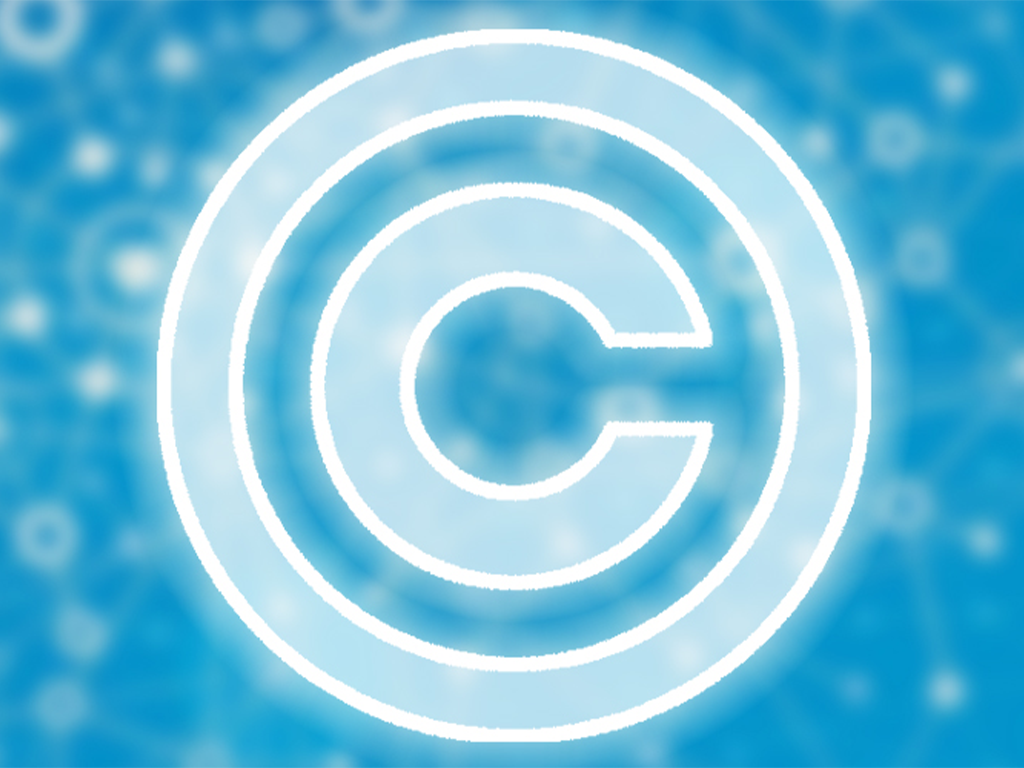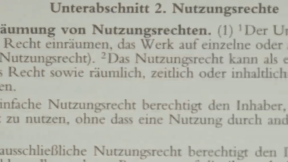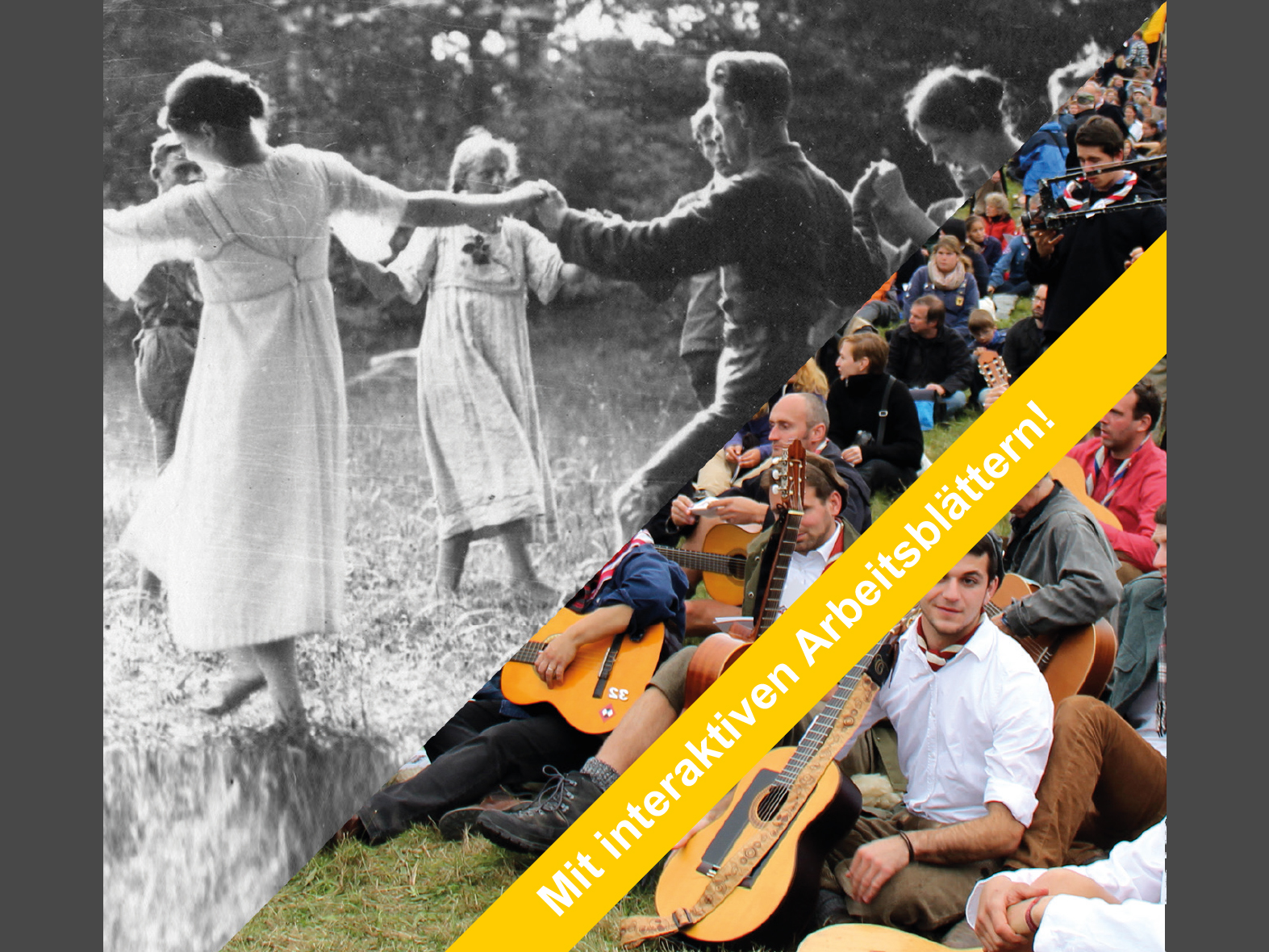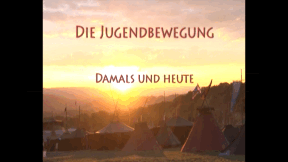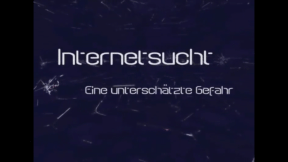 Geography
Geography
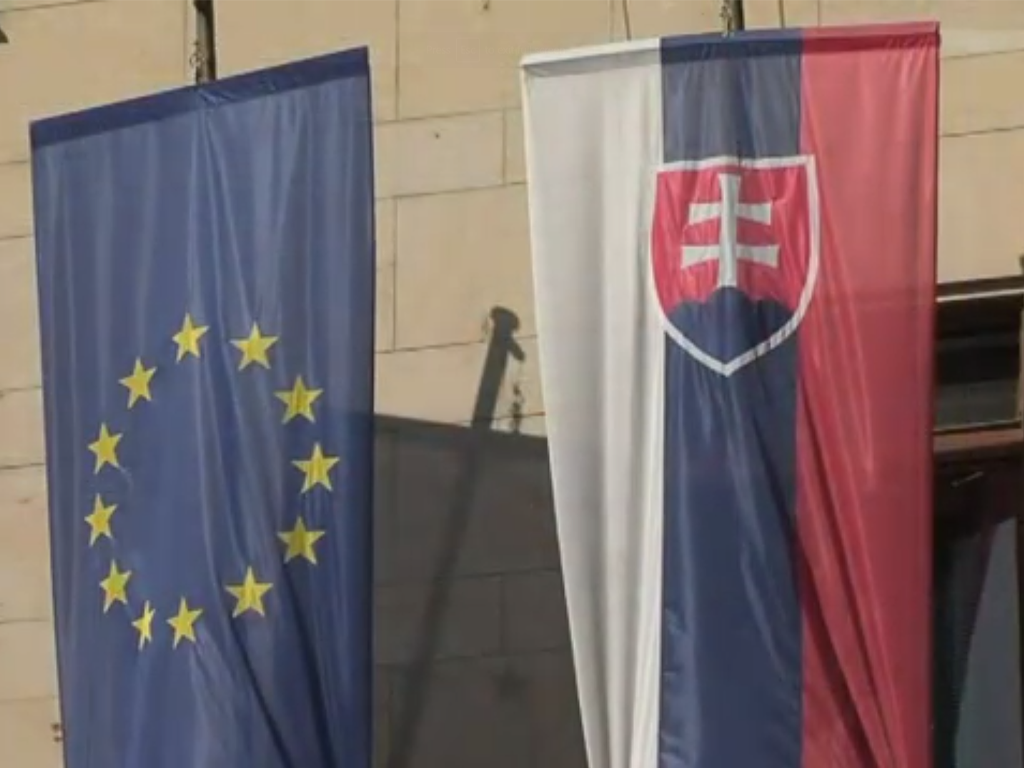
4656518 / 5551282
Slovakia
EU Member States
This DVD conveys to the pupils a comprehensive picture of the European neighbour state of Slovakia. Topographical in- formation on Slovakia is followed by an overview of its typical natural landscapes, for instance, the alpine mountain ranges of the Carpathians, the Slovakian Ore Mountains with their rich ore deposits, the Slovak lowlands of the Little and Great Hungarian Plains, the Danube Valley and the Váh Valley and its many lakes and reservoirs. The DVD explains the economic upswing of recent years and introduces successful branches of industry with the example of the Volkswagen plant in Bratislava. A visit to the capital Bratislava shows, among other things, the world-renowned “New Bridge”, the monumental national theatre and the Castle of Bratislava, which is perpetuated in the coat of arms of the city.This DVD shows the diversity and uniqueness of the EU member state of Slovakia and helps pupils to learn more about their European homeland.
Play trailer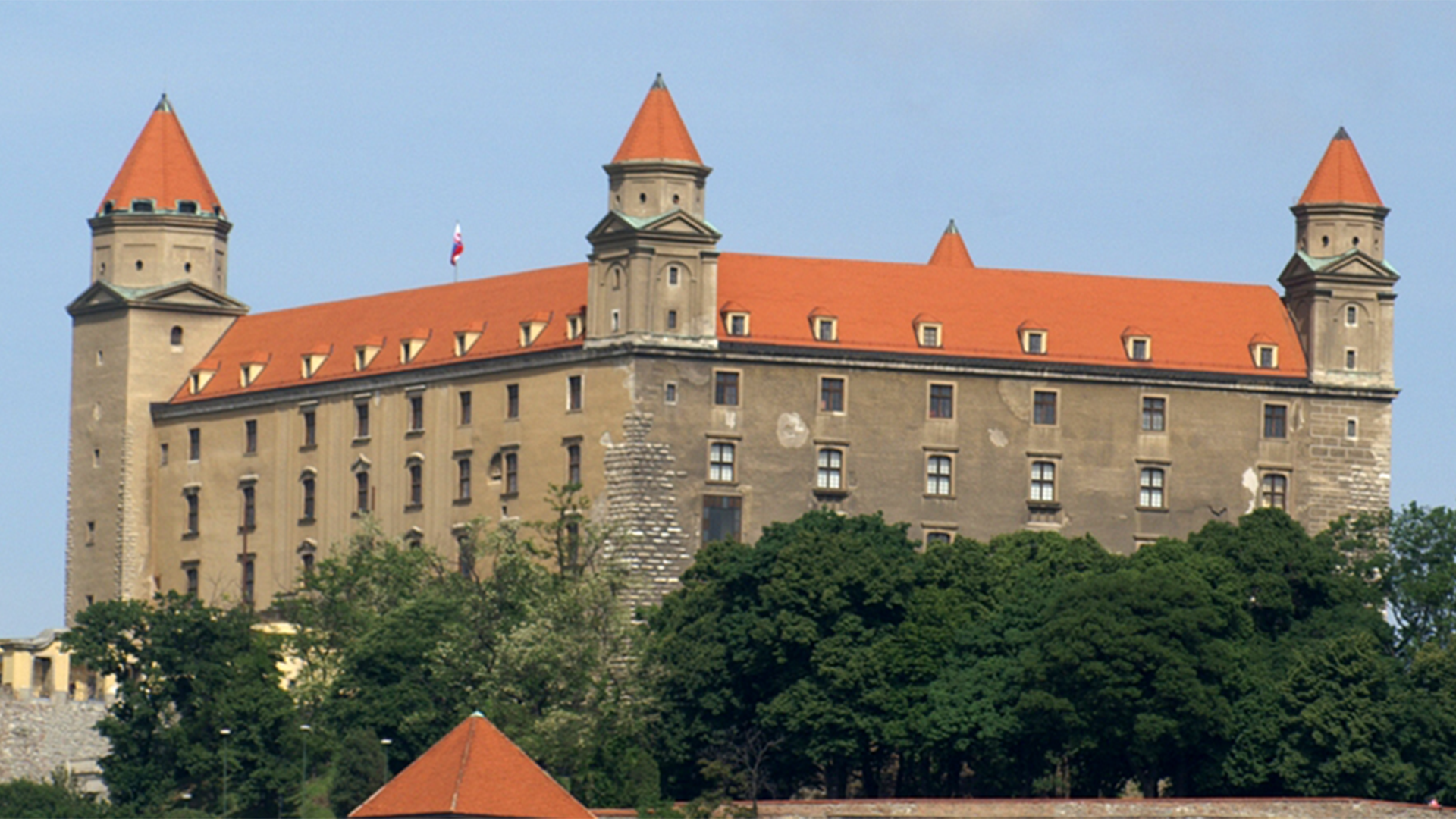
Curriculum-centred and oriented towards educational standards
Matching
Copyright
Copyright is subject to constant change to keep up with technological advances. This film enables the viewer to grasp the basic principles of this extremely intricate matter. By way of introduction, the film defines what an author is, what kinds of works there are and how long a work is protected on principle. Then the fundamental rights of an author are cited and it is shown how these are exploited in our times. In the third chapter, the respective rights are illustrated by way of practice-oriented examples of books, photos, music and films. Here, of course, an emphasis is laid on the field of education, taking into account the latest case law within the EU and Austria in particular. A further chapter highlights the problems arising with the Internet and goes into the citation law and pirate copies. All in all, in this way the viewer is made familiar with the most important basic terms and their meanings. Comprehensive worksheets and additional accompanying material invite us to deepen our knowledge of the subject.
Youth Movement
Dancing until your feet hurt: Here, at the meeting on the Hoher Meissner near Kassel, 3,500 participants from Boy Scout associations, youth and Wandervogel groups from all over the German-speaking region have gathered. They want to celebrate, simply get to know each other and commemorate a historic anniversary.
Internet Addiction
The film consists of two parts. The first part is the 15-minute short film “In the Net”. It describes the problem of excessive Internet use in a humorous way, in particular the risk of losing touch with reality when chatting. The second part illustrates with three real persons how Internet addiction can develop and the problems encountered by those who are afflicted. The authentic statements are commented by an experienced therapist. For many pupils, the issues addressed here are related to their everyday lives. What is a “sensible” use of the Internet, where does pathological addiction start? In contrast to addiction to alcohol, nicotine or drugs, the public seems to be largely ignorant of the problem of this addiction, which is not related to any substance abuse. The film provides material for discussion in the classroom (crossdisciplinary) and can be used as a basis for the formulation of prevention strategies.




